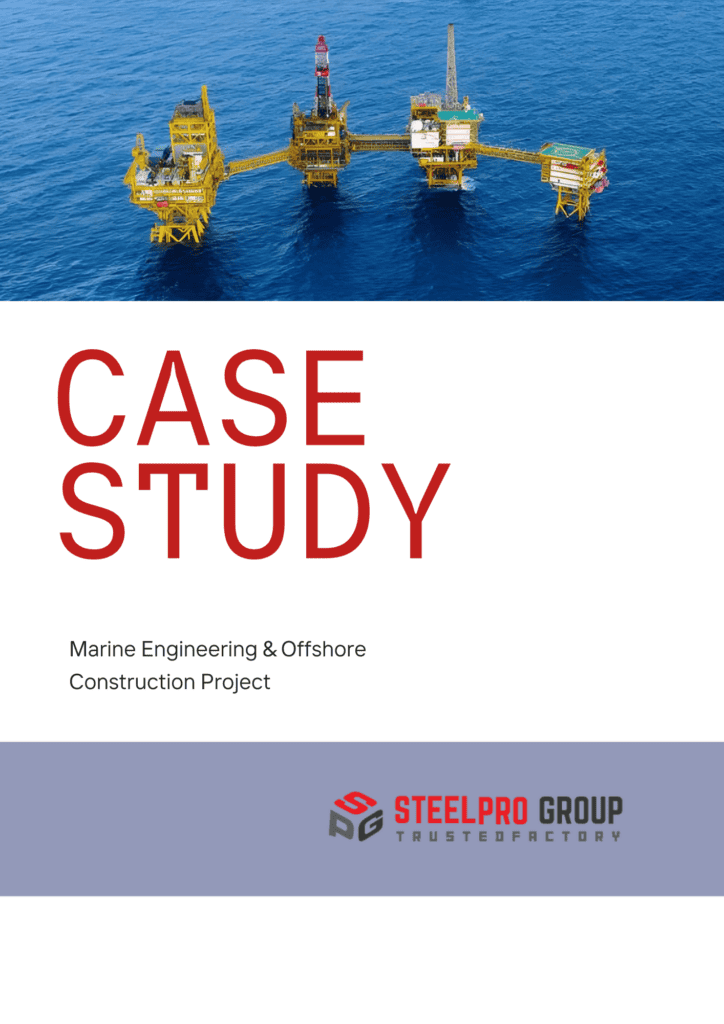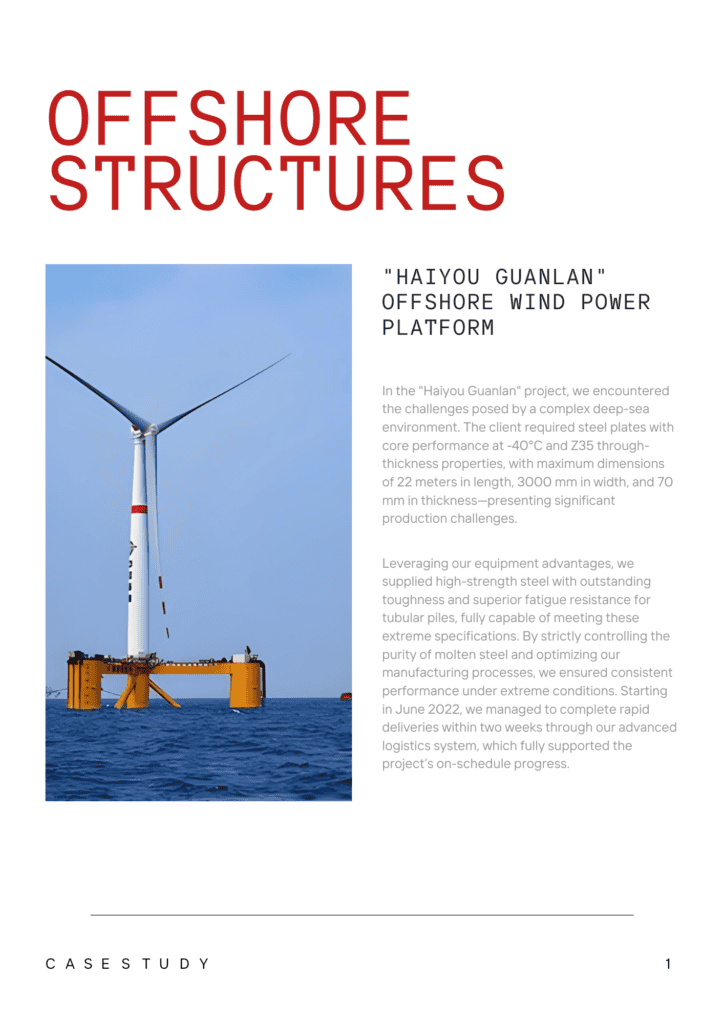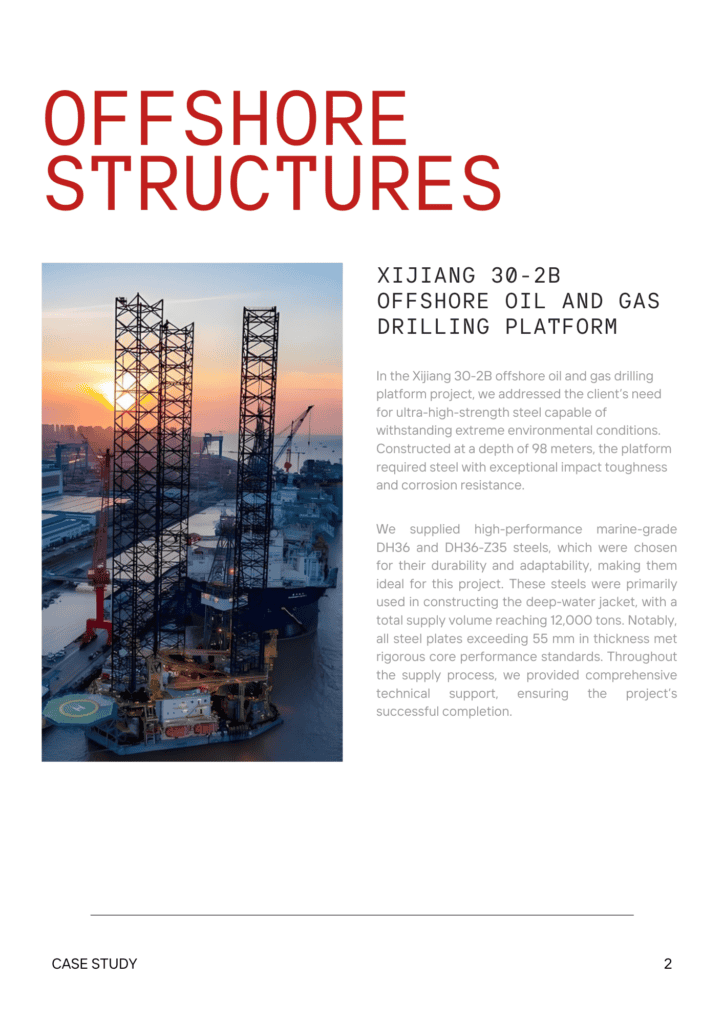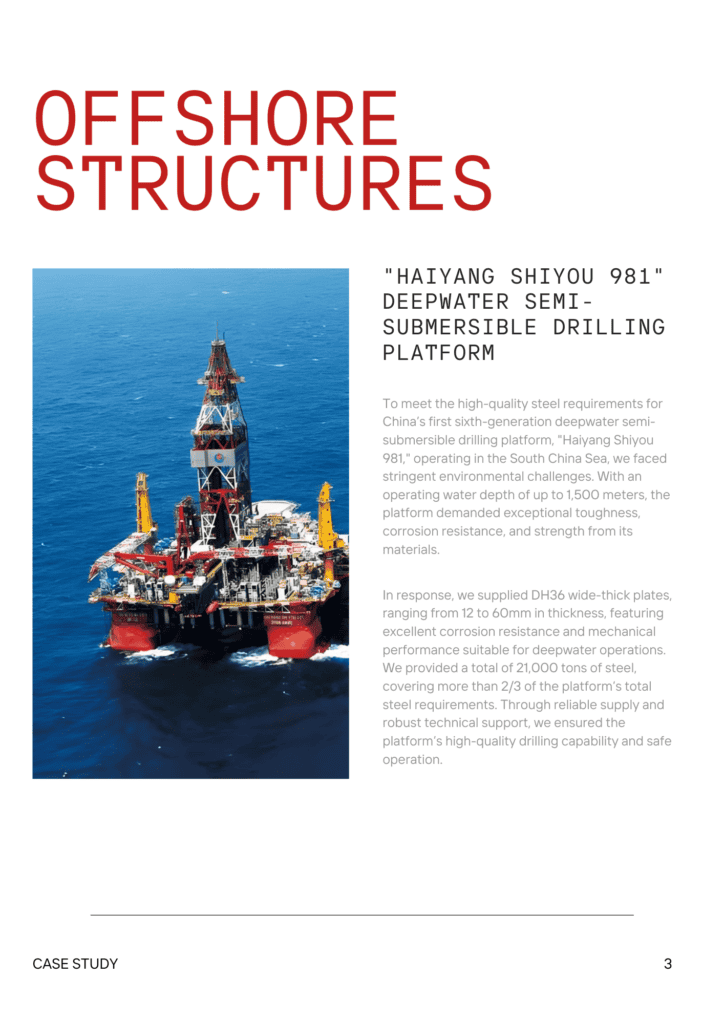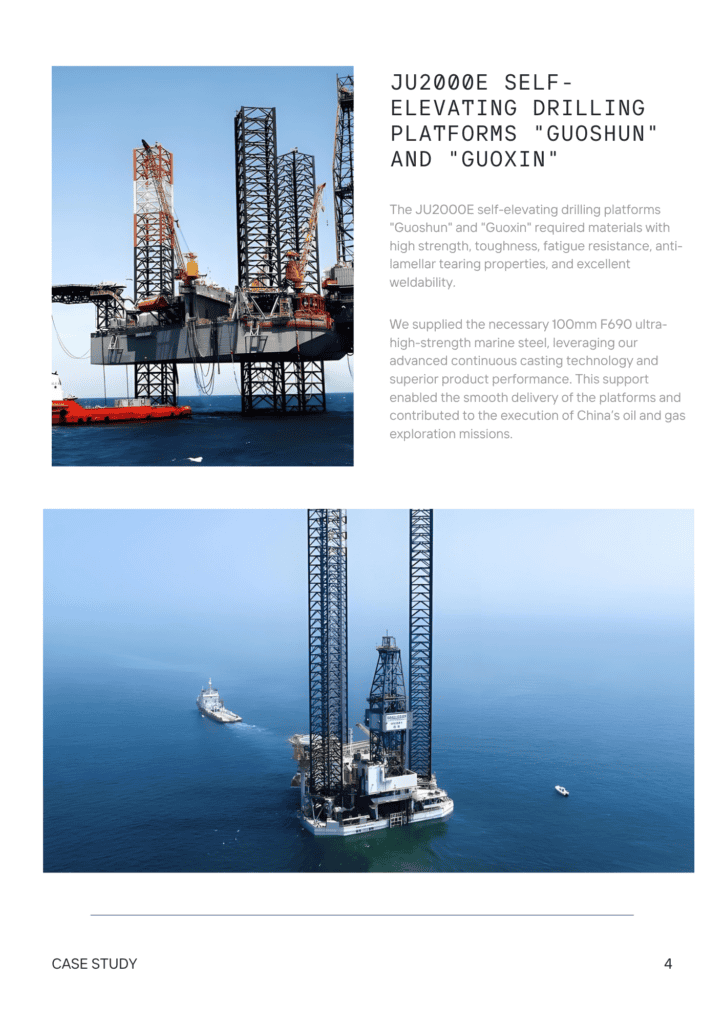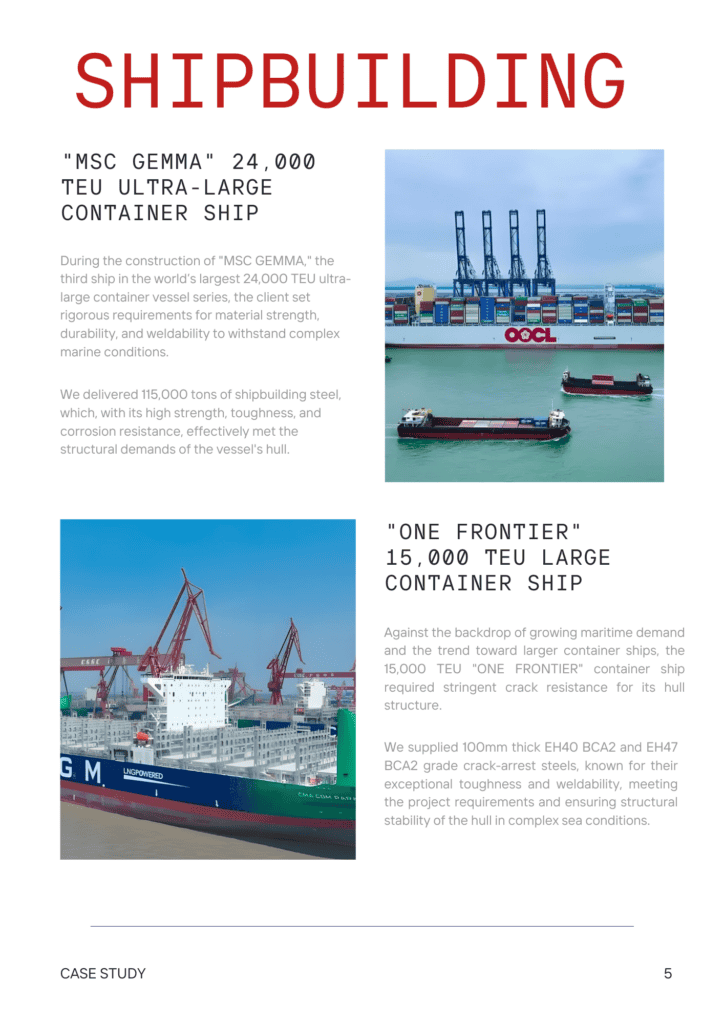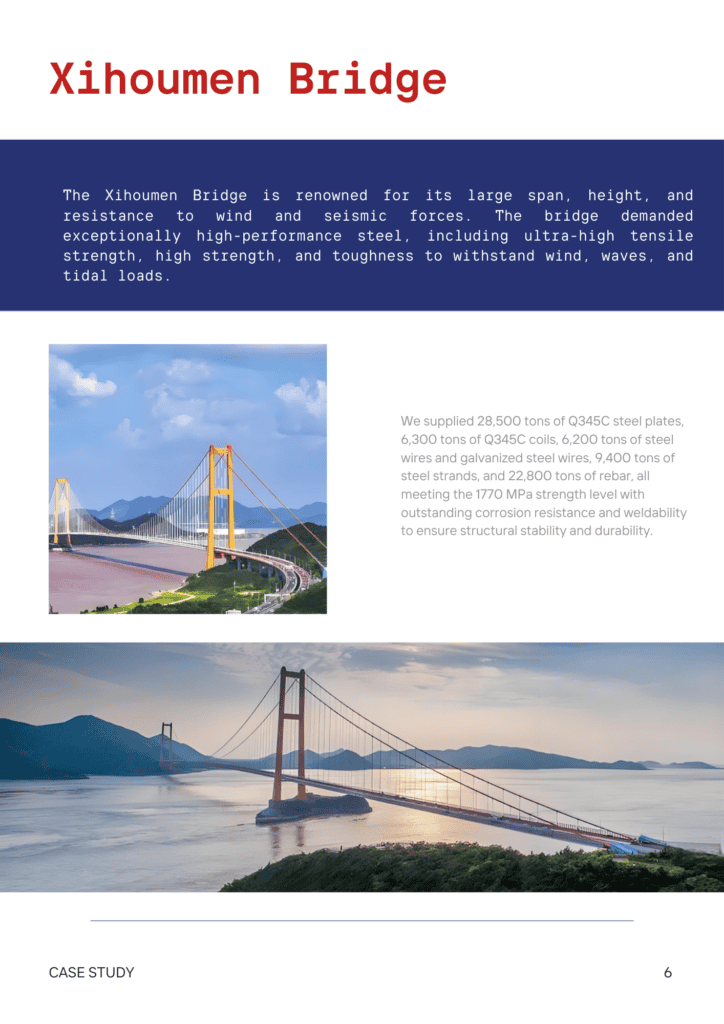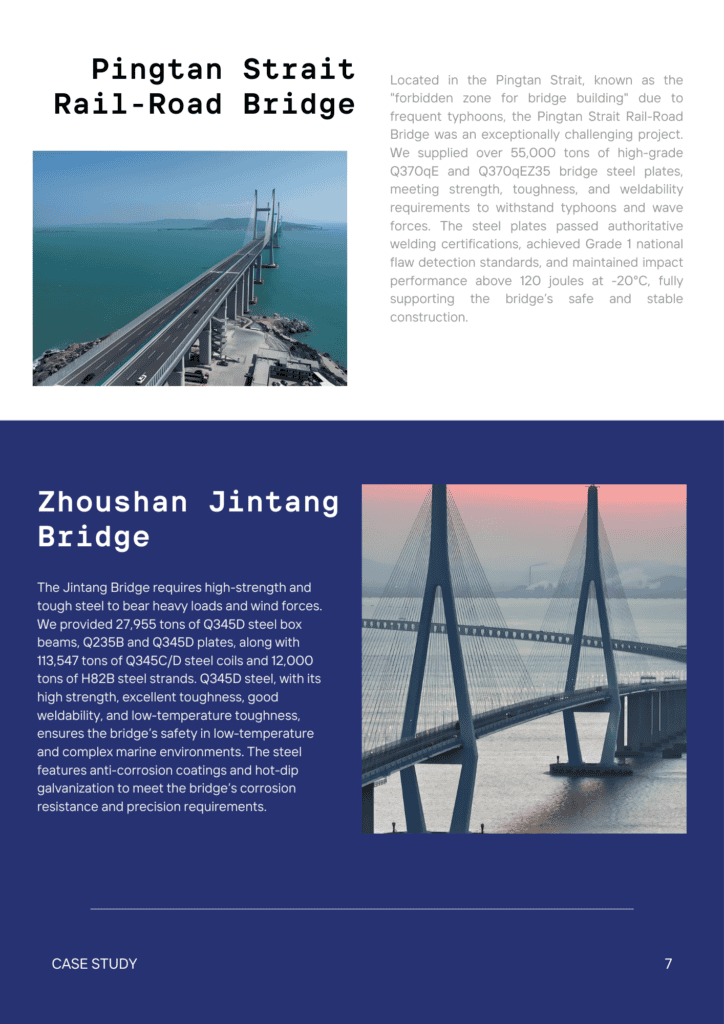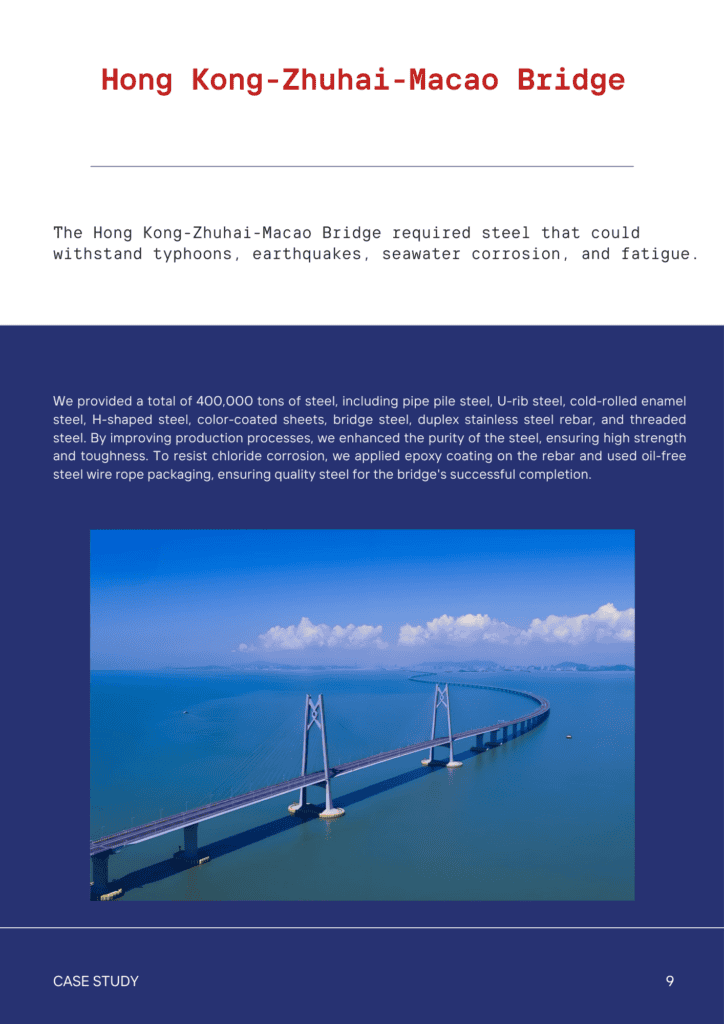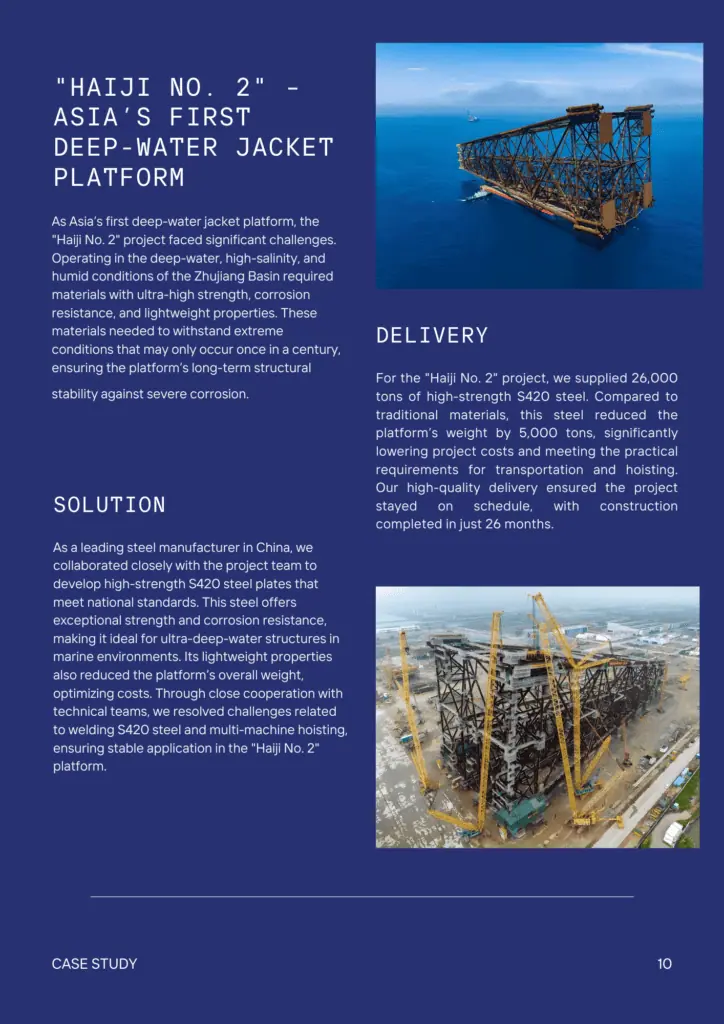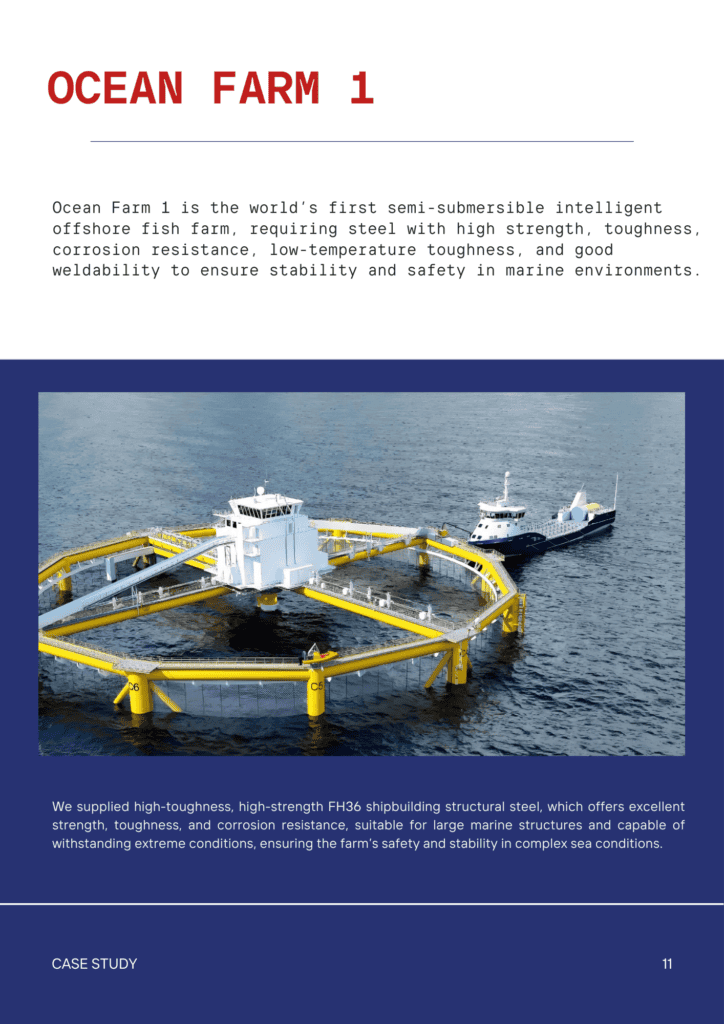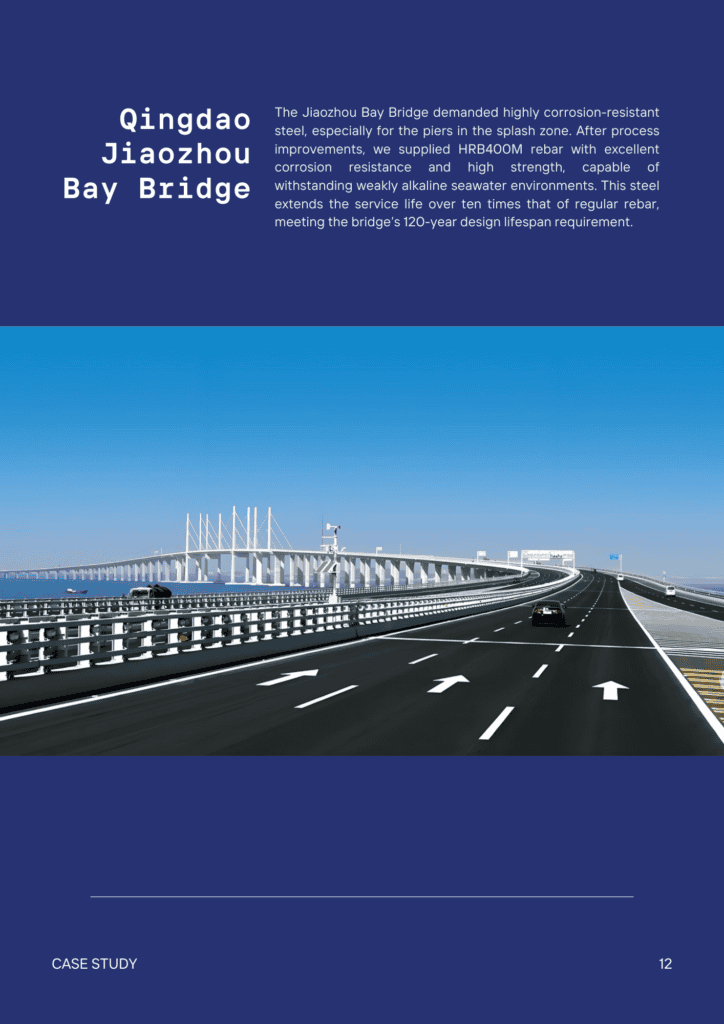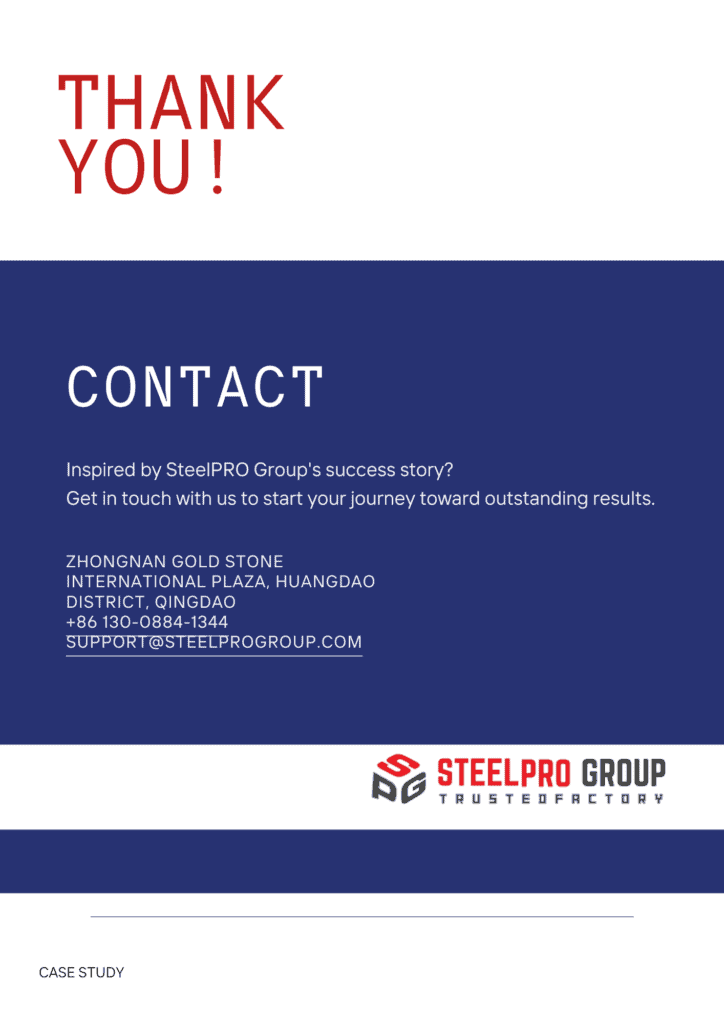Contents
Dual Phase Steel | DP AHSS Guidelines
- John
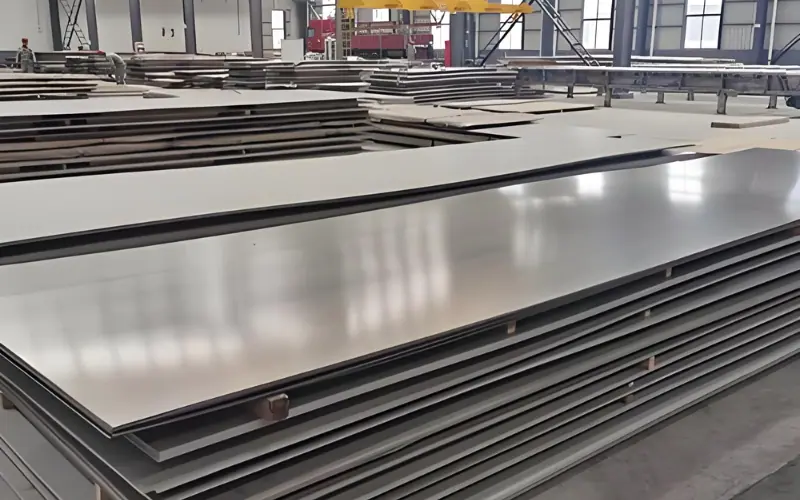
Dual-phase (DP) steel is a cornerstone of modern automotive design. It offers an optimal blend of strength and ductility that significantly enhances vehicle performance and safety. SteelPro Group delivers this advanced material in hot- and cold-rolled states, complemented by a suite of surface treatments, such as galvanizing.
What Is Dual Phase Steel?
Dual Phase (DP) steel is a high-strength steel characterized by a soft ferritic matrix interspersed with hard martensite islands. This steel exhibits high tensile strength, exceptional ductility, and an ability to absorb substantial impact energy. Thanks to its balanced alloy composition, it combines good weldability with high-stretch forming operations. DP steel is used in automotive parts such as doors, hoods, and bumpers.
The manufacturing of DP steel is carefully tailored to optimize its microstructure. Hot-rolled DP steel is processed under controlled rolling temperatures and cooling rates on the hot strip mill to establish the ferritic-martensitic structure from austenite. Cold-rolled DP steel’s properties are fine-tuned during heat treatment on a continuous annealing line, allowing precise control over the austenite transformation to achieve the desired strength and ductility.
Dual Phase Steel Characteristics
High Initial Work-Hardening Rate
DP steel becomes harder and stronger as it deforms, maintaining shape and strength after forming. This property is crucial for components that undergo severe shaping, ensuring they remain durable in their final form.
Excellent Deep Drawing and Stretch Formability
DP steel excels in forming deep or complex shapes, crucial for creating intricate automotive body parts and panels. This formability prevents cracks and maintains strength even when shaped into complex designs.
High Yield Strength
DP steel’s elevated yield strength allows it to withstand considerable stress without lasting deformation. This characteristic is crucial for the longevity of structural parts in automobiles and equipment.
Impressive Tensile Strength
The tensile strength of DP steel enables it to withstand extreme stress before breaking. This strength is vital for the reliability of safety-critical automotive frames and body panels.
Superior Fatigue Resistance and Strain Rate Sensitivity
DP steel can withstand repeated or fluctuating loads, making it ideal for automotive parts that face constant vibration and stress. Its sensitivity to strain rate changes enhances toughness and durability under dynamic conditions.
Effective Bake Hardenability
DP steel’s bake hardenability allows it to increase in hardness and strength after painting and baking in the auto manufacturing process. This feature boosts stiffness and crashworthiness, enhancing vehicle safety and performance.
Dual Phase Steel Applications
Dual-phase (DP) steel is chosen for automotive applications because of its excellent formability, which allows it to meet the demands of complex vehicle structures. Additionally, DP steel offers outstanding strength and impact resistance. Coupled with its lightweight properties, DP steel contributes to improving both vehicle safety and fuel economy.
- Body Panels like doors, hoods, and trunk lids.
- Bumpers
- Structural Components like Chassis, and frames.
- Reinforcements like door beams, and seat reinforcements.
- Wheel Wells.
- Cross Members like Engine and transmission supports.
Dual Phase Steel Chemical Composition
The chemical composition of Dual Phase steel is carefully engineered to meet the exact specifications needed for different vehicle components. Hot-rolled dual-phase steel typically has a higher alloy content than cold-rolled dual-phase steel to support controlled cooling and achieve the desired microstructure.
| Element | Typical Range (%) | Roles |
| Carbon (C) | 0.06% – 0.15% | Enhances martensite formation, increasing strength. |
| Manganese (Mn) | 1.5% – 3% | Solid solution strengthening in ferrite, stabilizes austenite. |
| Chromium (Cr) | < 1.0% | Prevents the formation of pearlite or bainite, improving hardness. |
| Molybdenum (Mo) | < 0.5% | Prevents pearlite or bainite formation, improves hardness. |
| Silicon (Si) | 0.2% – 0.5% | Promotes ferrite transformation, enhances strength. |
| Vanadium (V) | Trace amounts (usually < 0.1%) | Precipitation strengthening, refines microstructure. |
| Niobium (Nb) | Trace amounts (usually < 0.1%) |
Dual Phase Steel Chemical Composition
Below are the Dual Phase steel grades produced by SteelPro Group, along with their mechanical properties.
| Steel Grade | Tensile Test | |||
| Yield Strength (Rel, MPa) | Tensile Strength (Rm, MPa) | Elongation (A50, %) | N Value | |
| 260/450DP | 260-340 | ≥450 | 29 | >0.16 |
| 340/590DP | 340-460 | ≥590 | 23 | >0.14 |
| 410/590DP | 410-580 | ≥590 | 18 | – |
| 420/780DP | 420-550 | ≥780 | 15 | – |
| 500/780DP | 500-650 | ≥780 | 12 | – |
| 550/980DP | 550-760 | ≥980 | 11 | – |
| 550/980DP-LSi | 550-700 | ≥980 | 10 | – |
| 600/980DP-LC | 600-750 | ≥980 | 10 | – |
| 700/980DP | 700-920 | ≥980 | 10 | – |
| 820/1180DP | 820-1150 | ≥1180 | 7 | – |
| a. RP0.2 is used when there is no clear yield, otherwise, ReL is used.b. The tensile specimen is taken as a transverse sample.c. When the product nominal thickness is greater than or equal to 0.70mm but less than 1.00mm, the elongation after fracture is allowed to decrease by 1%. | ||||
Dual Phase Steel Forming And Welding
DP steel’s microstructure of ferrite and martensite provides high strength and excellent formability. Its high work-hardening rate allows significant deformation. Tensile strength in dual-phase (DP) steel can be enhanced through strain hardening and bake hardening.
Welding DP steel involves controlling the heat input to prevent the creation of brittle martensite in the Heat Affected Zone (HAZ). Controlling interpass temperature and using post-weld heat treatment (PWHT) can prevent brittleness. Higher-strength grades require more careful control to maintain weld strength and fatigue resistance.
FAQs about Duplex Phase Steel
TRIP Steel vs Dual Phase
TRIP steel offers better elongation and energy absorption due to its retained austenite phase, which transforms into martensite during deformation. On the other hand, DP steel, composed of ferrite and martensite, provides higher tensile strength and is better suited for applications requiring strength and formability.
Dual Phase Steel Consists of Which Phase?
Dual Phase steel consists of a combination of ferrite and martensite. The ferrite phase is soft and ductile, while the martensite phase is harder and stronger. This combination provides DP steel with an optimal balance of strength and ductility, making it ideal for automotive and structural applications.
What Are the Disadvantages of Dual Phase Steel?
The main disadvantages of Dual Phase steel include its reduced formability at higher strength grades, as the increased martensite content makes it more brittle and less ductile. Additionally, DP steel can be susceptible to localized necking during forming if not carefully controlled. It also requires precise welding conditions to prevent the formation of brittle phases in the Heat Affected Zone (HAZ). Lastly, higher alloy content in some grades can increase material costs.
What is the Difference Between Dual Phase and Complex Phase Steel?
CP steel, in addition to ferrite and martensite, contains phases like bainite or retained austenite, offering superior strength and fatigue resistance. In contrast, DP steel is primarily made up of ferrite and martensite, offering a better balance of strength and ductility, and is easier to weld compared to CP steel.
Right Duplex Phase Steel for Your Automotive Applications
SteelPro Group is a professional supplier of automotive-grade steel, offering DP590, DP780, DP980, and even DP1180 steel. We provide comprehensive application data support for automotive steel, helping you select the right material for each component to optimize material usage and performance.



